√画像をダウンロード greenhouse gases graph 2020 181154
Greenhouse gases in the atmosphere, the main driver of climate change, hit record highs last year and have continued climbing in despite measures to halt the COVID19 pandemic, the UN said Averaged over Earth's surface, the 1993– heatgain rates were 037–041 Watts per square meter for depths from 0–700 meters (down to 04 miles), depending on which research group's analysis you consult Meanwhile, heat gain rates were 015–031 Watts per square meter for depths of 700–2,000 meters (04–12 miles) The graphs show monthly mean carbon dioxide measured at Mauna Loa Observatory, Hawaii The carbon dioxide data on Mauna Loa constitute the longest record of direct measurements of CO 2 in the atmosphere They were started by C David Keeling of the Scripps Institution of Oceanography in March of 1958 at a facility of the National Oceanic and
Co And Greenhouse Gas Emissions Our World In Data
Greenhouse gases graph 2020
Greenhouse gases graph 2020- The bulletin is based on global average figures for 19, but data from individual stations in the greenhouse gas monitoring network show that atmospheric CO2 continued to increase this yearIn 18 New Zealand's gross greenhouse gas emissions were 7 million tonnes of CO 2 e, 240 percent higher than 1990 and 10 percent lower than 17 Gross GHG emissions were mainly made up of carbon dioxide (445 percent), methane (435 percent), and nitrous oxide (96 percent)




Usgcrp Indicator Details Globalchange Gov
How the coronavirus pandemic slashed carbon emissions — in five graphs Figures from the world's largest producer of greenhouse gases started toCarbon dioxide (CO 2) is the most important greenhouse gas, but not the only one – gases such as methane and nitrous oxide are also a driver of global warming Carbon dioxideequivalents (CO 2 eq) try to sum all of the warming impacts of the different greenhouse gases together in order to give a single measure of total greenhouse gas emissions Two things make this more complicated the gases have different 'strengths' of warming;The Greenhouse Gas Inventory PDF report contains a detailed inventory of historical greenhouse gas emission data from for New York State's energy and nonenergy sectors The Greenhouse Gas Inventory Fact Sheet PDF provides a onepage summary of key statistics from New York State's Greenhouse Gas Inventory report
As a result, greenhouse gas emissions from transportation plunged by 147% last year, compared to 19 was meant to be the year You can visit other EPA pages to learn more about EPA's national inventory and how it relates to EPA's Greenhouse Gas Reporting Program To view a graph, you can either pick from the full list in the Index of Charts or create a graph by choosing options from the five dropdown menus below Some dropdown menu options are unavailable and may be Notes Globally, the primary sources of greenhouse gas emissions are electricity and heat (31%), agriculture (11%), transportation (15%), forestry (6%) and manufacturing (12%) Energy production of all types accounts for 72 percent of all emissions
This graph displays the breakdown of greenhouse gas (GHG) emissions by economic sector GHG emissions from the transportation sector increased 233% from 1990 to 18 This growth contrasts with the electricity sector, which was the highestemitting sector until transportation surpassed itGlobal warming is the unusually rapid increase in Earth's average surface temperature over the past century primarily due to the greenhouse gases released as people burn fossil fuels The global average surface temperature rose 06 to 09 degrees Celsius (11 to 16° F) between 1906 and 05, and the rate of temperature increase has nearly Carbon dioxide (CO 2) is an important heattrapping (greenhouse) gas, which is released through human activities such as deforestation and burning fossil fuels, as well as natural processes such as respiration and volcanic eruptionsThe first graph shows atmospheric CO 2 levels measured at Mauna Loa Observatory, Hawaii, in recent years, with average seasonal cycle




Preliminary China Emissions Estimates For 19 Rhodium Group




Ghg Business As Usual Emissions Projection California Air Resources Board
Greenhouse gases are gases that can trap heat They get their name from greenhouses A greenhouse is full of windows that let in sunlight That sunlight creates warmth The big trick of a greenhouse is that it doesn't let that warmth escape That's exactly how greenhouse gases act They let Last fall, a United Nations report estimated that global greenhouse gas emissions must begin falling by 76 percent each year beginning in In 19, US greenhouse gas emissions totaled 6,558 million metric tons (145 trillion pounds) of carbon dioxide equivalents This total represents a 2 percent increase since 1990 but a 12 percent decrease since 05 (see Figure 1) For the United States, during the period from 1990 to 19 (see Figure 1)



Temperatures Climate Action Tracker



How Will The Paris Agreement Impact The Wabash Valley
CO2 levels hit record high 1106 With many US cities in varying stages of shutdown for parts of , travel was reduced — and so were greenhouse gas emissionsAccording to a Agricultural Greenhouse Gas Emissions The US Environmental Protection Agency (EPA) publishes annual estimates of US greenhouse gas emissions, including emissions from agriculture (see Inventory of US Greenhouse Gas Emissions and Sinks , April (EPASource Environment and Climate Change Canada () National Inventory Report Greenhouse Gas Sources and Sinks in Canada Statistics Canada Table 01 Estimates of population, by age group and sex for July 1, Canada, provinces and territories,
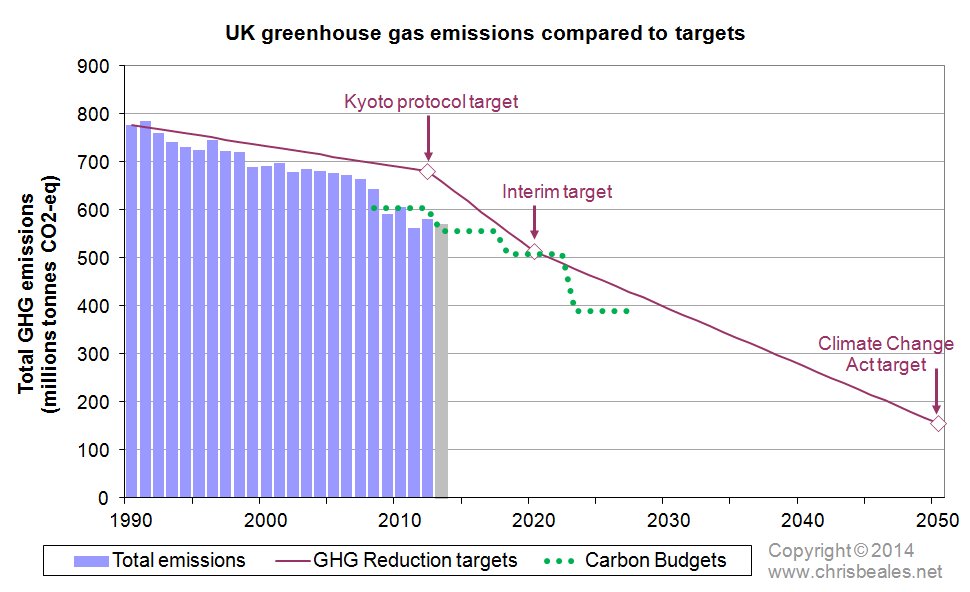



Emissions Targets Current Uk Targets




Australia S Greenhouse Gas Levels Have Decreased 15 From 1990 Climate Scorecard
Despite the slowdown in global fossil fuel emissions of CO 2 from early associated with the COVID19 pandemic, there will be negligible impacts in terms of climate change Atmospheric CO 2 continues to rise, and fossil fuel emissions will remain the principal driver of this growth throughout and likely beyondThe AGGI in was 147, which means that we've turned up the warming influence from greenhouse gases by 47% since 1990 It took ~240 years for the AGGI to go from 0 to 1, ie, to reach 100%, and 30 years for it to increase by another 47% In terms of CO 2 equivalents, the atmosphere in contained 504 ppm, of which 412 is CO 2 alone The rest comes from other gases The greenhouse gas data is collected by the Global Atmosphere Watch network, which includes stations in the Arctic, high mountains and tropical islands These have continued to operate despite
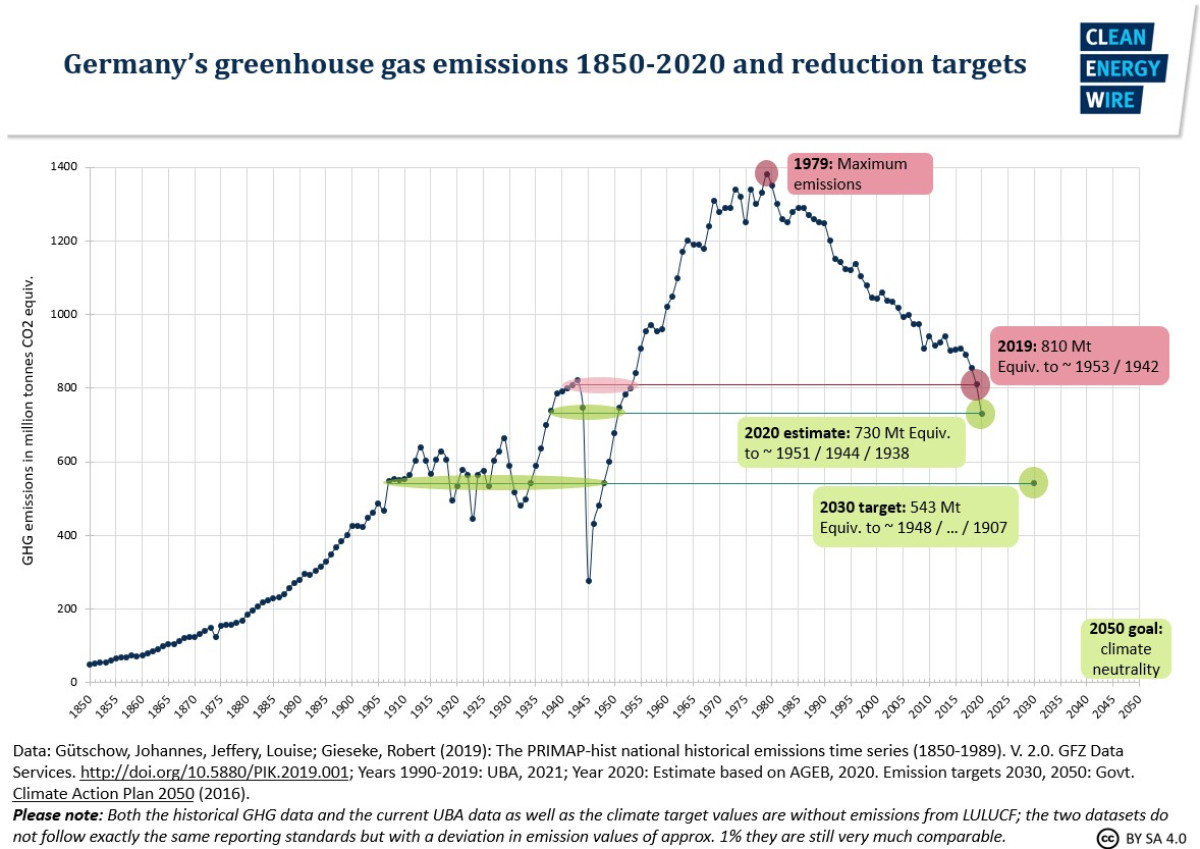



Germany S Greenhouse Gas Emissions And Energy Transition Targets Clean Energy Wire



Pbl Nl
The gases that contribute to the greenhouse effect include water vapor, carbon dioxide (CO2), methane, nitrous oxides, and chlorofluorocarbons (CFCs) On Earth, human activities are changing the natural greenhouse Over the last century the burning of fossil fuels like coal and oil has increased the concentration of atmospheric CO 2 This happens because the coal or oilThe current GHG emission limit is 431 MMTCO2e using IPCC Fourth Assessment Report GWPs The Global Warming Solutions Act of 06 (AB 32) requires that CARB determine the statewide greenhouse gas emissions level in 1990 The act also requires that the Board approve a statewide greenhouse gas emissions limit, equal to the 1990 level, as a limit to be achieved byGreenhouse gas emissions are greenhouse gases vented to the Earth's atmosphere because of humans the greenhouse effect of their 50 billion tons a year causes climate changeMost is carbon dioxide from burning fossil fuels coal, oil, and natural gasThe largest polluters include coal in China and large oil and gas companies, many stateowned by OPEC and Russia




Greenhouse Gas Emissions Are Set To Rise Fast In 21 The Economist
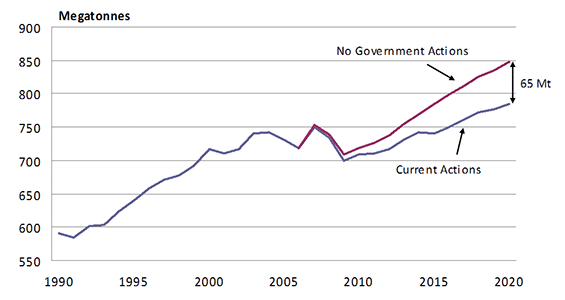



Environment Canada Climate Change Climate Change Publication
at 500 am To curb the spread of COVID19, much of the globe hunkered down That inactivity helped slow the spread of the virus and, as a side effect, kept some climatewarmingGas storage levels rose markedly in Q1 because of increases in yearonyear trade in liquefied natural gas (LNG) combined with lower demand Renewable energy demand increased by about 15% in Q1 , lifted by the additional output of new wind and solar projects that were completed over the past year In most cases, renewables receive priority in the grid and are not Energy combustion (including fossil fuel combustion, natural gas systems, and municipal waste combustion) Noncombustion greenhouse gases, including industrial processes and product use, agriculture, and waste As shown in Figure 2, the transportation sector is the State's largest source of




Greenhouse Gas Emissions In Shipping Shell Global




Greenhouse Gases Archives Darrin Qualman
Global Temperatures and CO2 Concentrations () Published February 19th, According to NOAA, January was the hottest January on record globally This record is one data point in a According to NOAA, January was the hottest January on record globally This record is one data point in a global trend of warming—one that is directly related to human emissions of greenhouse gases Stabilizing our climate will require substantially reducing our emissions and understanding where they're coming from is a key part of the process The graphic paints a picture of how that looks for each country China's emissions for energy alone make up nearly percent of total global discharge of greenhouse gases
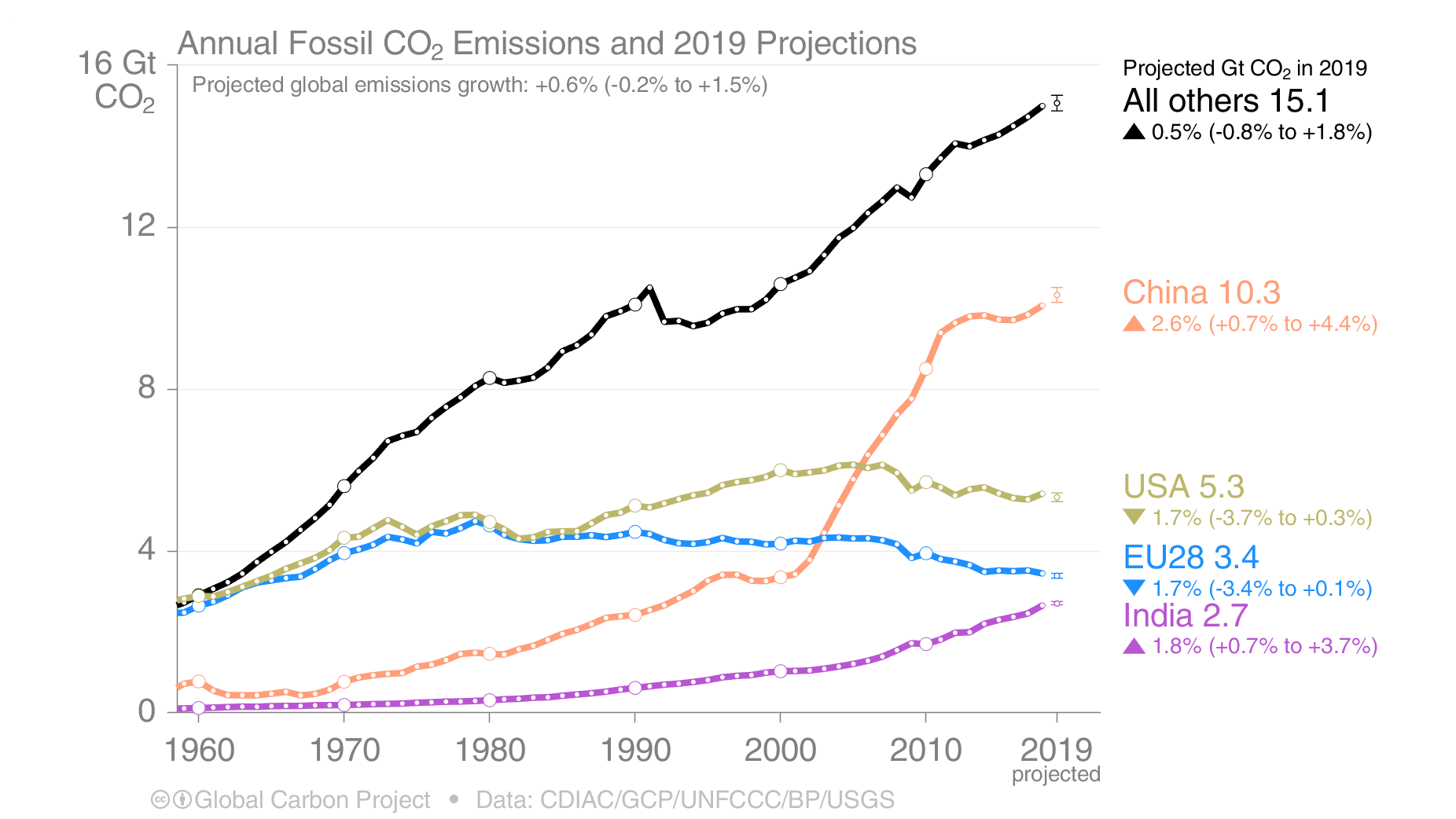



Here S How Much Global Carbon Emission Increased This Year Ars Technica




The Effect Of Covid 19 On Co2 Emissions Econofact
Graphic The relentless rise of carbon dioxide Ancient air bubbles trapped in ice enable us to step back in time and see what Earth's atmosphere, and climate, were like in the distant past They tell us that levels of carbon dioxide (CO 2) in the atmosphere are higher than they have been at any time in the past 400,000 years Beier ,et al Sources and Sinks of Major Greenhouse Gases Associated with New York States' Natural and Working Lands F orests , Farms an, dW etlands New York State Energy Research and DevelopmenAt uthortyi Category & SubCategories Category SubCategory Category SubCategory MMt CO 2 e y12 Greenhouse gas emissions The transport sector accounted for 15% of total UK GHG emissions in 18 Between 17 and 18, greenhouse gas emissions (GHG) (residency basis) by the transport sector 1 increased by just over 5%, mainly because of an increase in emissions from aviation 2This increase offset reductions in GHG emissions by the energy supply 3 and manufacturing sectors,
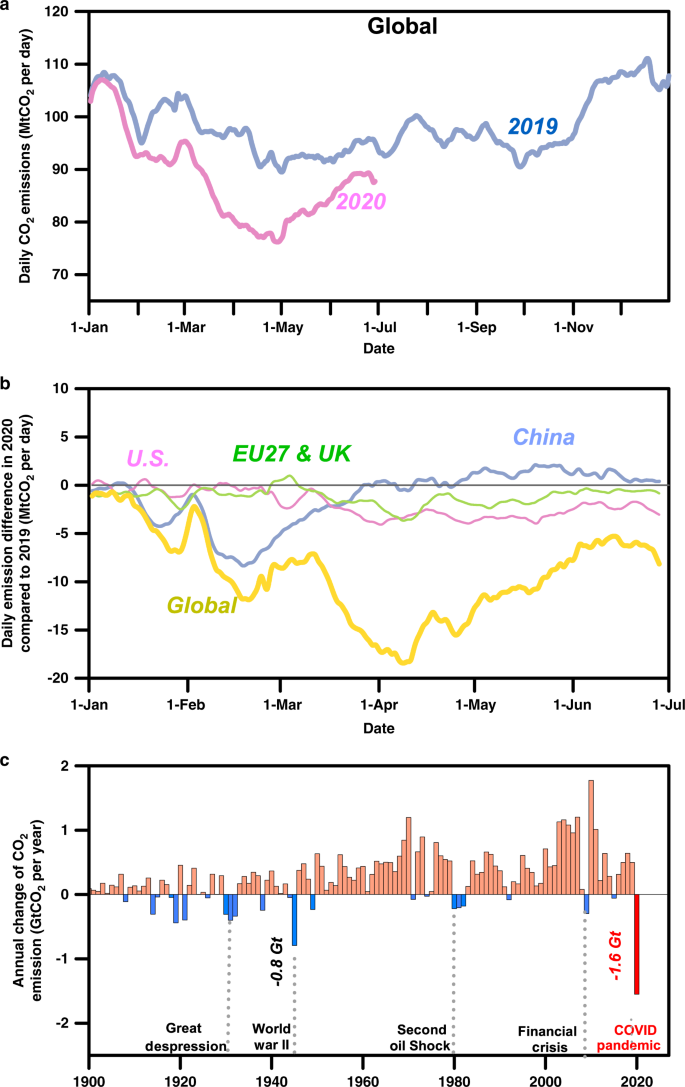



Near Real Time Monitoring Of Global Co2 Emissions Reveals The Effects Of The Covid 19 Pandemic Nature Communications
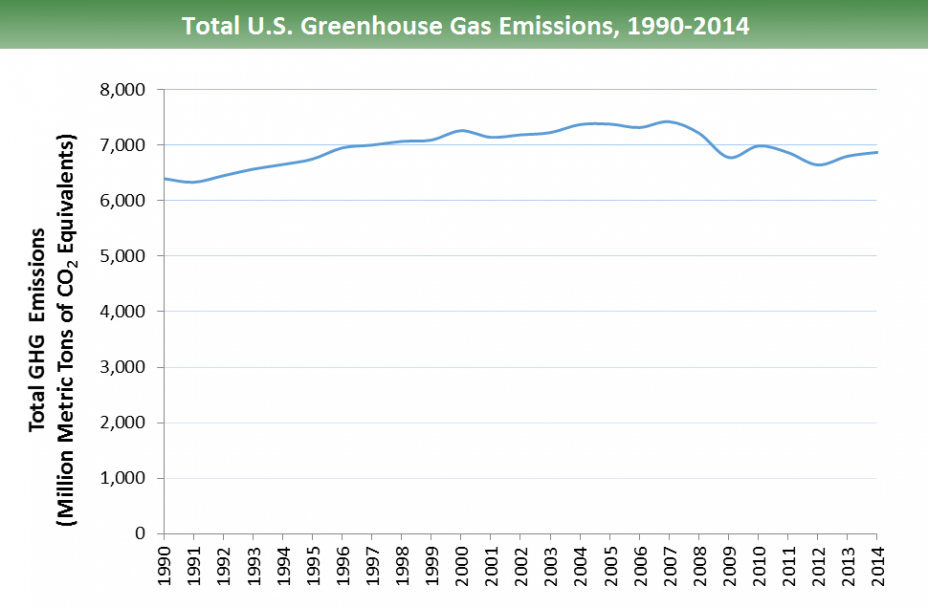



Sources Of Greenhouse Gas Emissions Greenhouse Gas Ghg Emissions Us Epa
One of the primary objectives from the climate and energy package was to reduce the average greenhouse gas emissions in all EU countries by % Greenhouse gases, GHG for short, are gases found in the Earth's atmosphere that capture the heat from the sun and increase the temperature of the planet This is known as the 'greenhouse effect'This interactive graph shows annual emissions by year from September 1990 to September You can select data by sector, and see changes in emissions over several years Quarterly Update of Australia's National Greenhouse Gas Inventory September 4MB PDF Data sources 652MB XLSX Read moreHuman emissions of carbon dioxide and other greenhouse gases – are a primary driver of climate change – and present one of the world's most pressing challenges 1 This link between global temperatures and greenhouse gas concentrations – especially CO 2 – has been true throughout Earth's history 2 To set the scene, let's look at how the planet has warmed
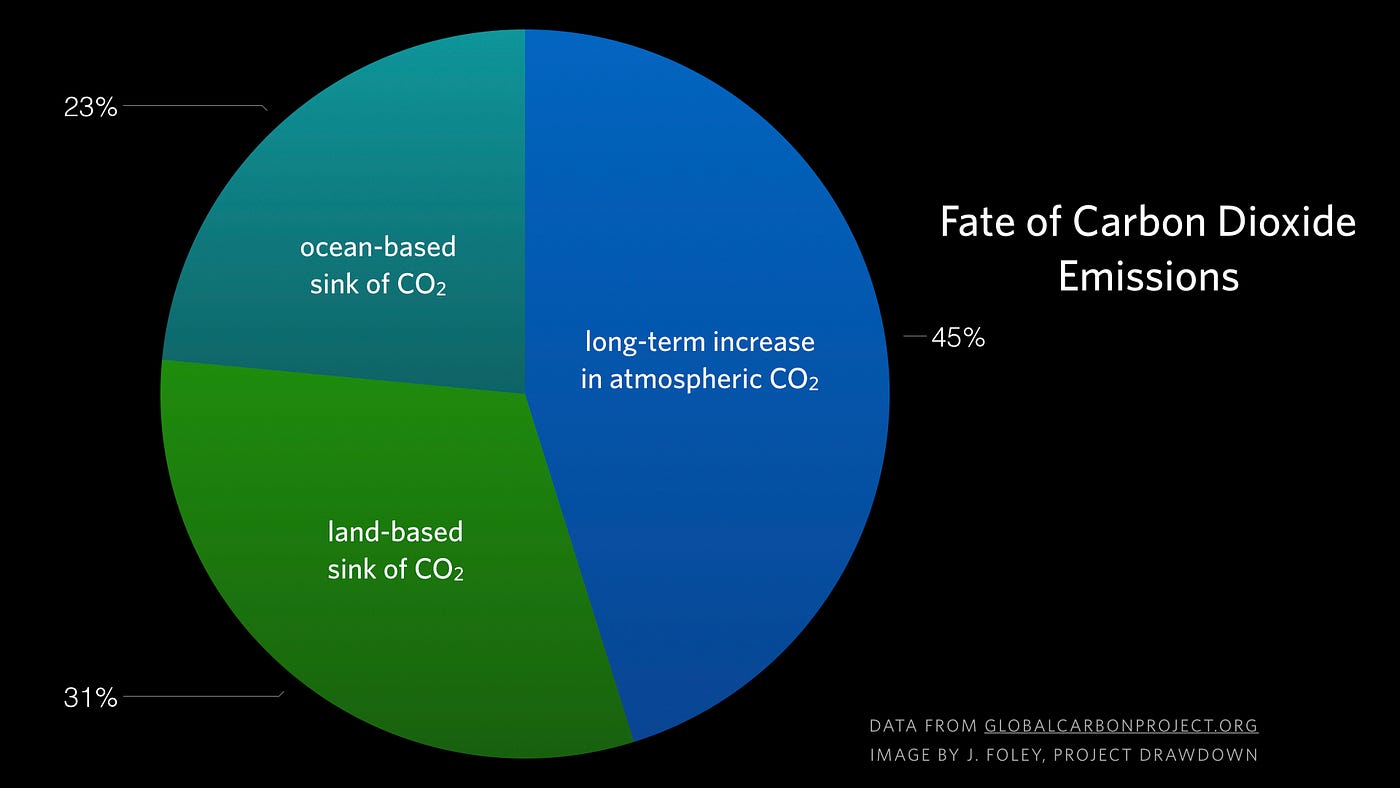



Major Causes Of Climate Change Globalecoguy Org




Global Greenhouse Gas Emissions Data Us Epa
Credit NOAA Global Monitoring Laboratory The global surface average for carbon dioxide (CO 2 ), calculated from measurements collected at NOAA's remote sampling locations, was 4125 parts per million (ppm) in , rising by 26 ppm during the year The global rate of increase was the fifthhighest in NOAA's 63year record, following 1987, 1998, 15 and 16



Co And Greenhouse Gas Emissions Our World In Data
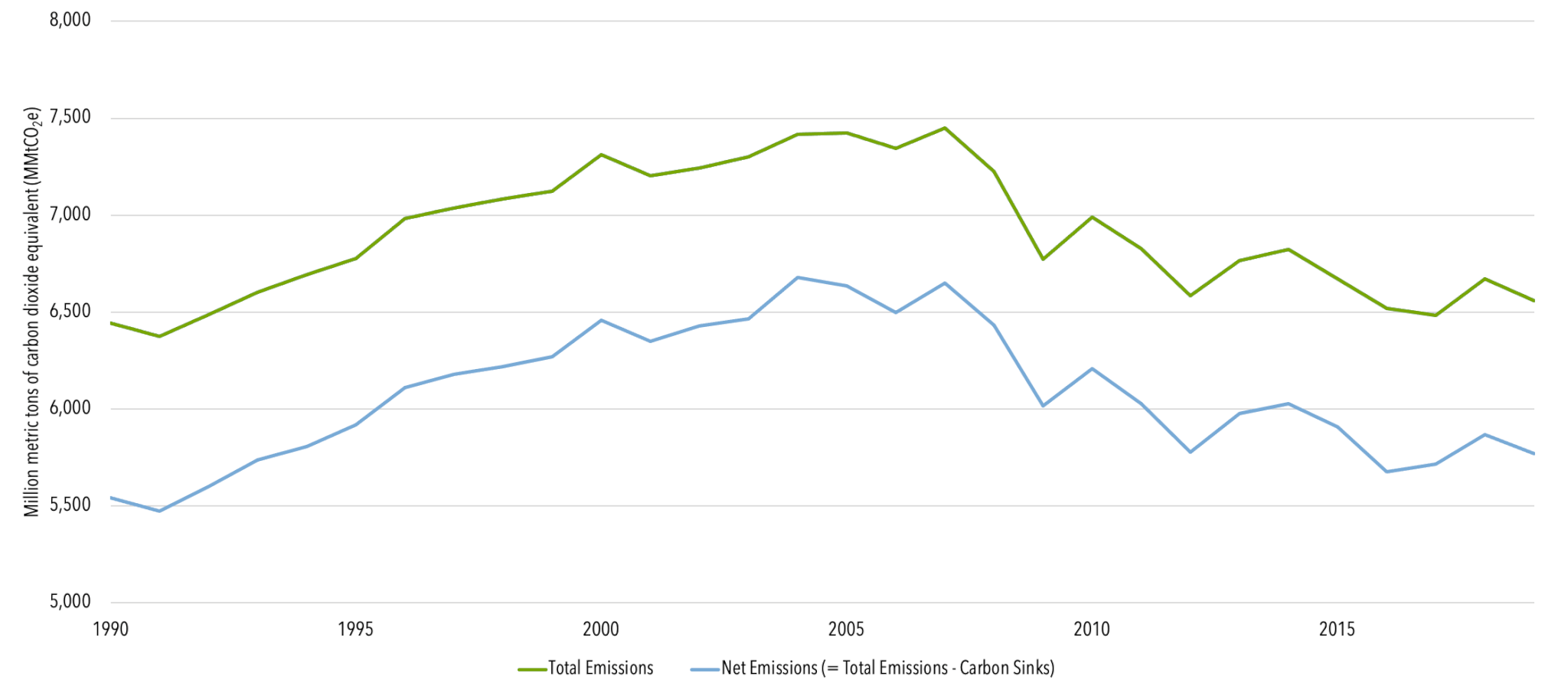



U S Emissions Center For Climate And Energy Solutions
.png)



Greenhouse Gas Emissions From Waste Products Eurostat News Eurostat




Global Historical Co2 Emissions 1750 Statista



Chart China Beats U S Europe In Combined Greenhouse Gases Statista
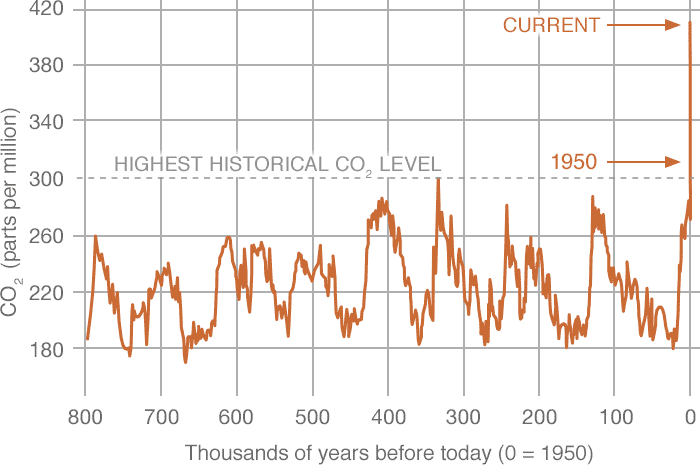



Carbon Dioxide Vital Signs Climate Change Vital Signs Of The Planet




Greenhouse Gases A Student S Guide To Global Climate Change Us Epa




Annual Ghg Index Aggi




Trump Administration Announces Increases In Us Climate Emissions While Cheering Their Decline Woodwell Climate




Despite Pandemic Shutdowns Carbon Dioxide And Methane Surged In Welcome To Noaa Research




Covid 19 S Emissions Reductions Won T Impact Climate Change Science News




What S Going On In This Graph Nov 19 The New York Times




This Infographic Shows Co2 Emissions All Around The World World Economic Forum




Climate Change Indicators Global Greenhouse Gas Emissions Us Epa
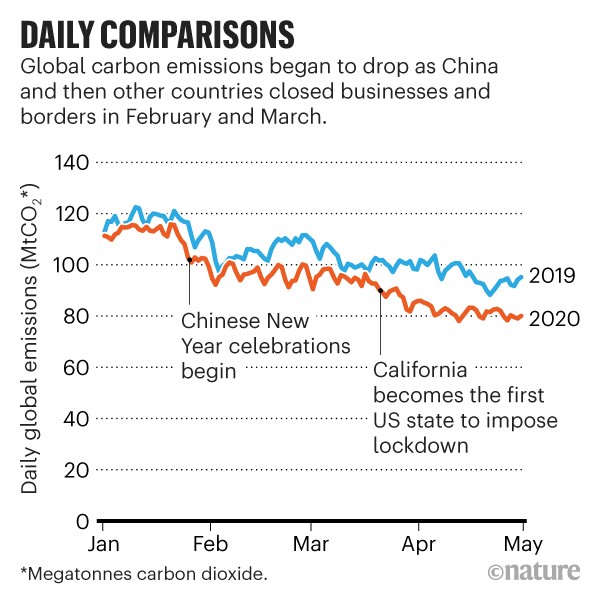



How The Coronavirus Pandemic Slashed Carbon Emissions In Five Graphs
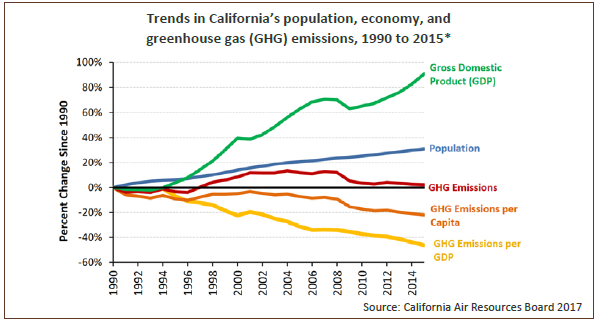



Greenhouse Gas Emissions Oehha
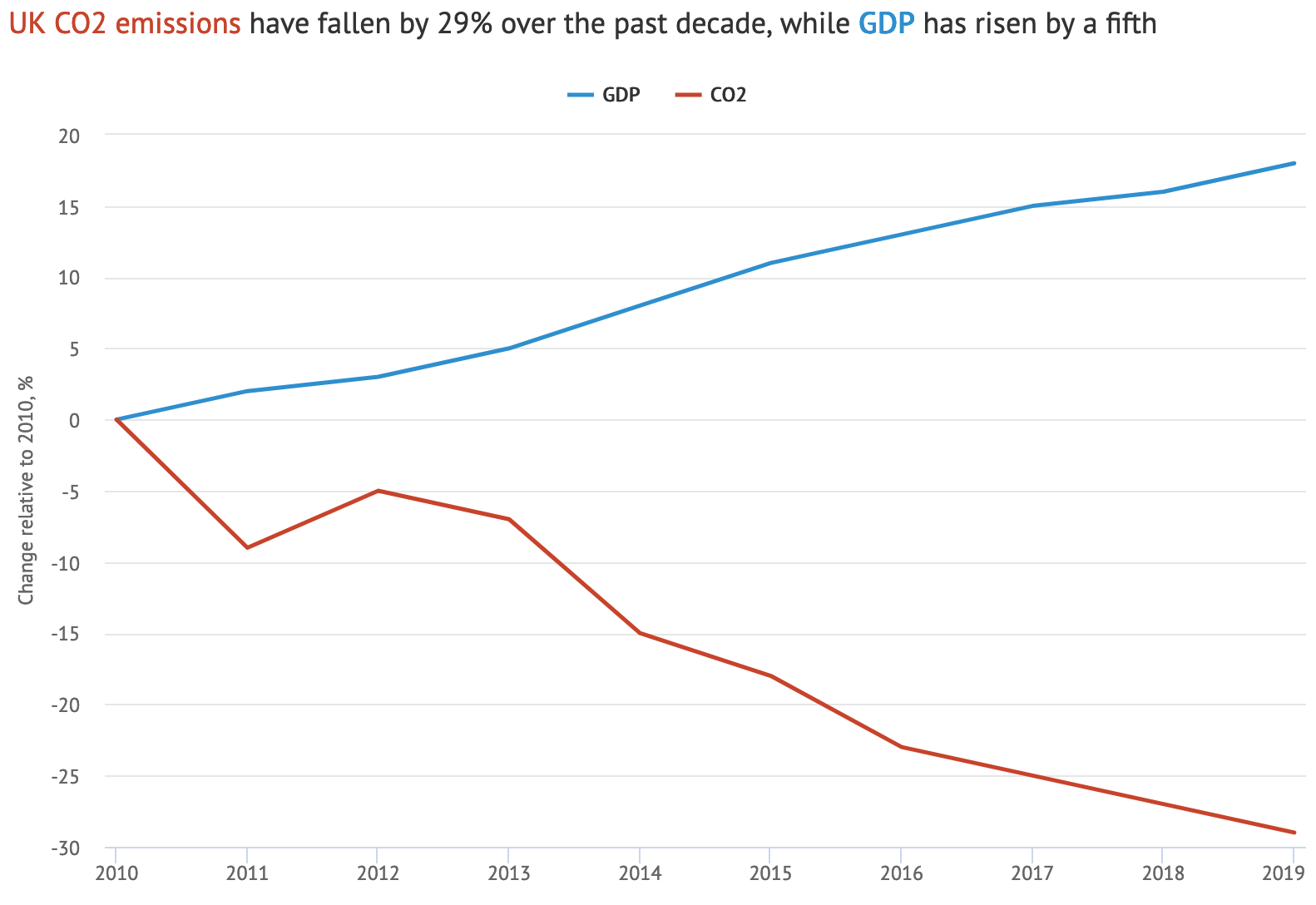



Analysis Uk S Co2 Emissions Have Fallen 29 Over The Past Decade



Total Greenhouse Gas Emission Trends And Projections In Europe European Environment Agency




A Global Breakdown Of Greenhouse Gas Emissions By Sector




Germany S Greenhouse Gas Emissions And Energy Transition Targets Clean Energy Wire
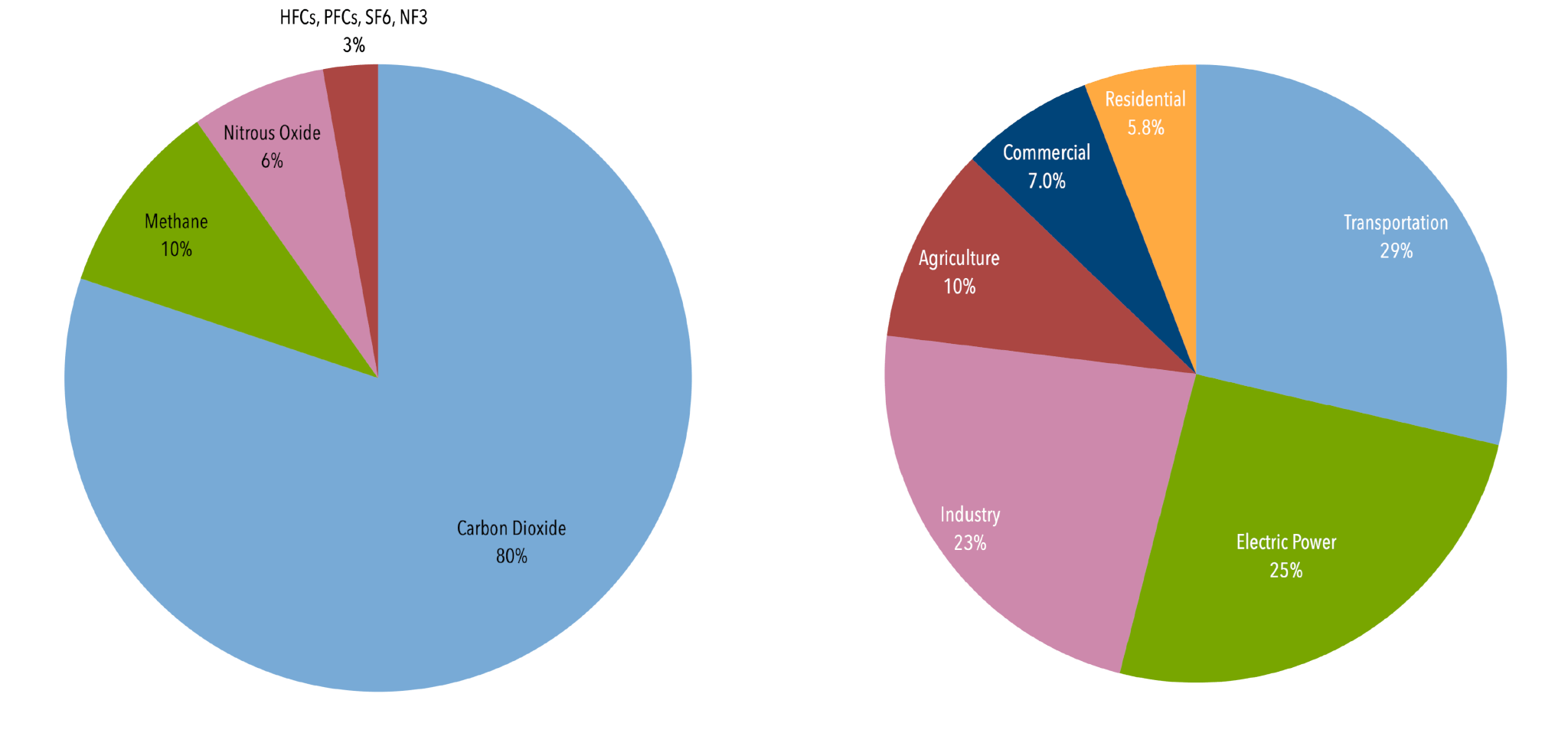



U S Emissions Center For Climate And Energy Solutions




Where Are Us Emissions After Four Years Of President Trump




Noaa Index Tracks How Greenhouse Gas Pollution Amplified Global Warming In Welcome To Noaa Research




Australia Yearly Greenhouse Gas Emissions Statista
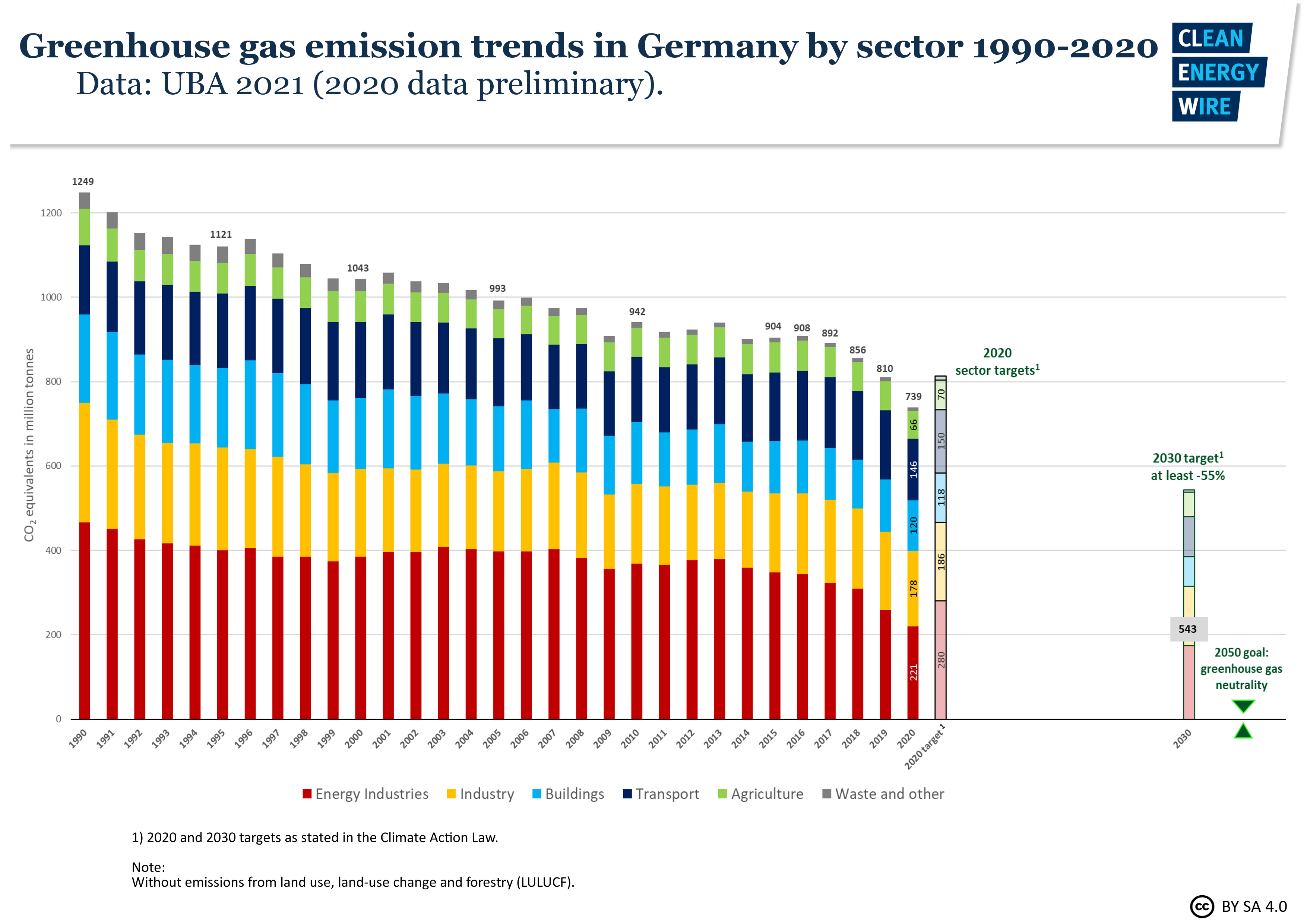



Germany Sees Record Greenhouse Gas Emission Fall Due To Pandemic Renewables Clean Energy Wire



Pbl Nl




Global Emissions Center For Climate And Energy Solutions
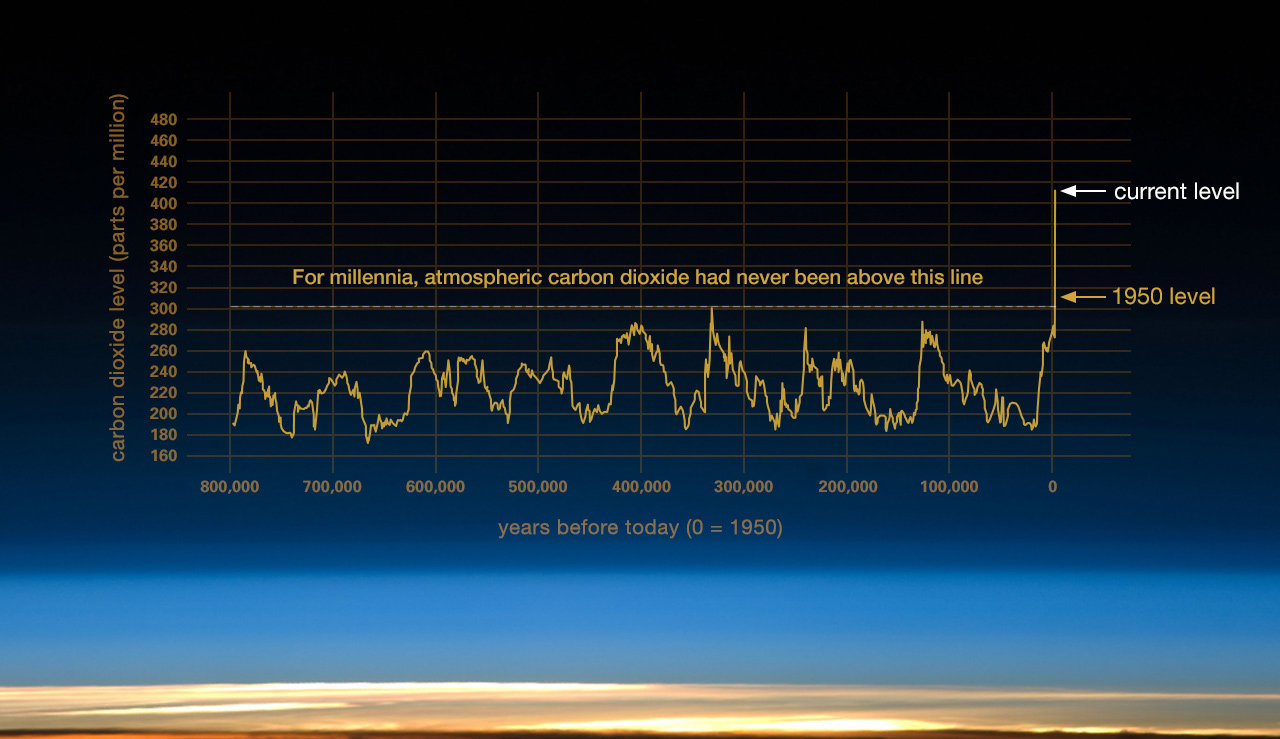



Evidence Facts Climate Change Vital Signs Of The Planet




Greenhouse Gas Emissions World Energy Data
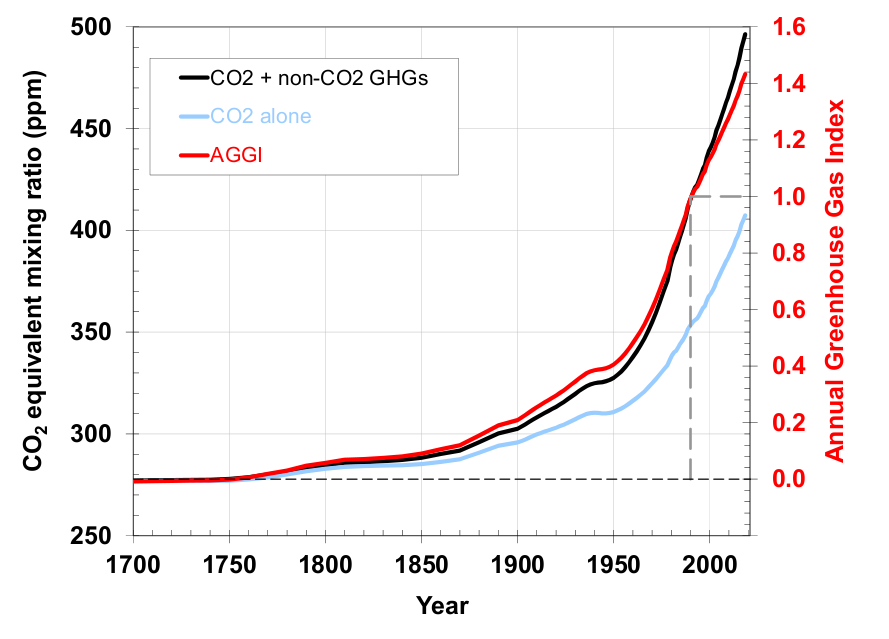



Graph Of The Day Noaa Annual Greenhouse Gas Index 1700 18 Desdemona Despair



Greenhouse Gas Emissions Our World In Data




Rcp8 5 Tracks Cumulative Co2 Emissions Pnas
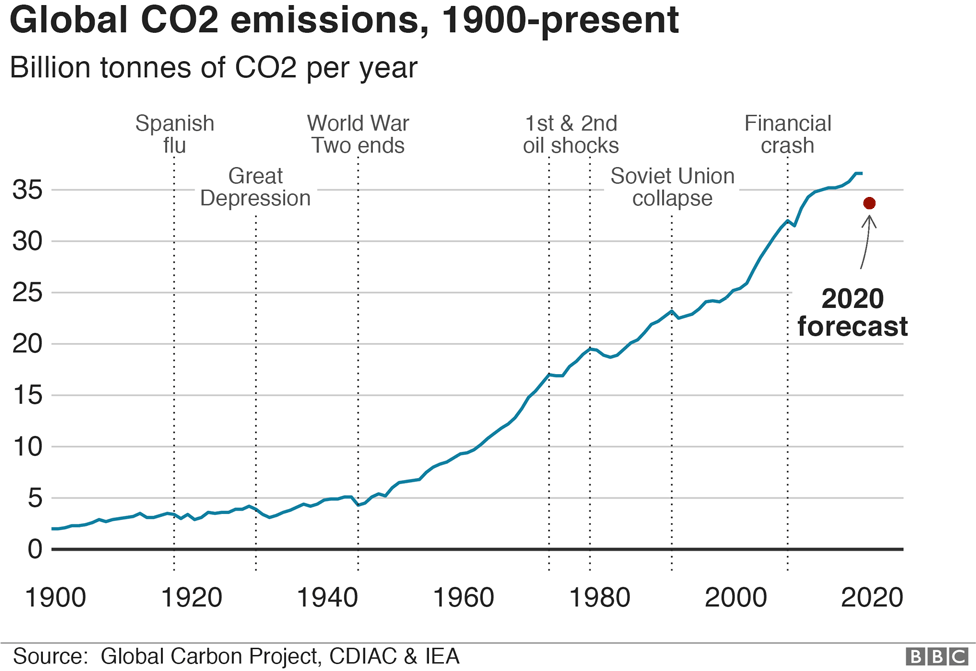



Climate Change And Coronavirus Five Charts About The Biggest Carbon Crash c News



Co And Greenhouse Gas Emissions Our World In Data




Are Humans Causing Or Contributing To Global Warming Noaa Climate Gov




Greenhouse Gas Emissions Plunged 17 Percent During Pandemic The Washington Post




Summer S Bushfires Released More Carbon Dioxide Than Australia Does In A Year Bushfires The Guardian
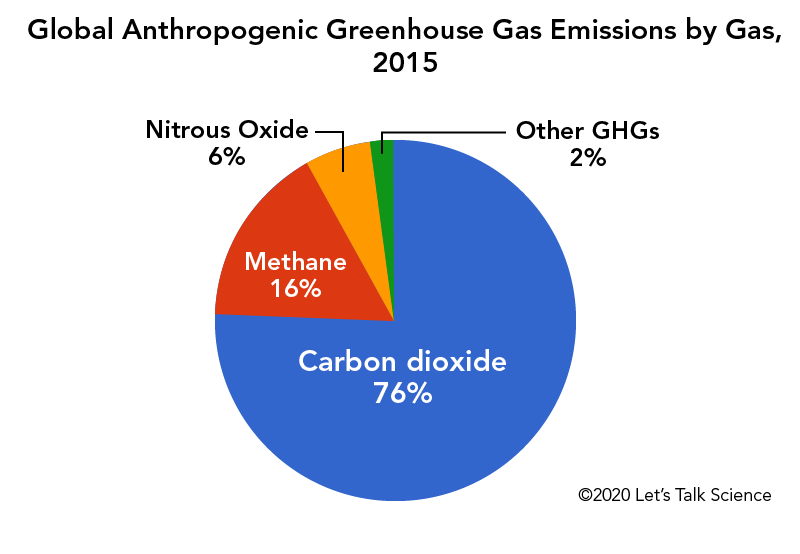



Cows Methane And Climate Change Let S Talk Science



Eco Economy Indicators Carbon Emissions Epi




Indicator Greenhouse Gas Emissions Umweltbundesamt



1




Energy And Greenhouse Gas Emissions Ghgs




Noaa Index Tracks How Greenhouse Gas Pollution Amplified Global Warming In Welcome To Noaa Research




Co And Greenhouse Gas Emissions Our World In Data




U S Emissions Dropped In 19 Here S Why In 6 Charts Inside Climate News




Colorado Major New Greenhouse Gas Report Explained Westword
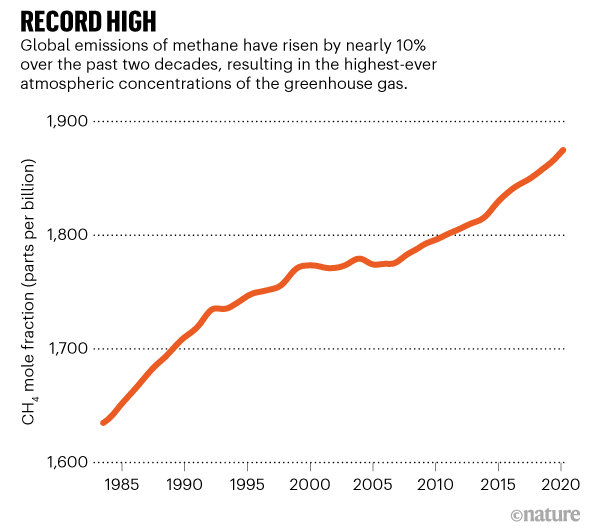



Global Methane Levels Soar To Record High




Outlook For Future Emissions U S Energy Information Administration Eia




Climate Change How Quickly Are We Emissions Reducing World Economic Forum




Climate Change Indicators Global Greenhouse Gas Emissions Us Epa




Usgcrp Indicator Details Globalchange Gov
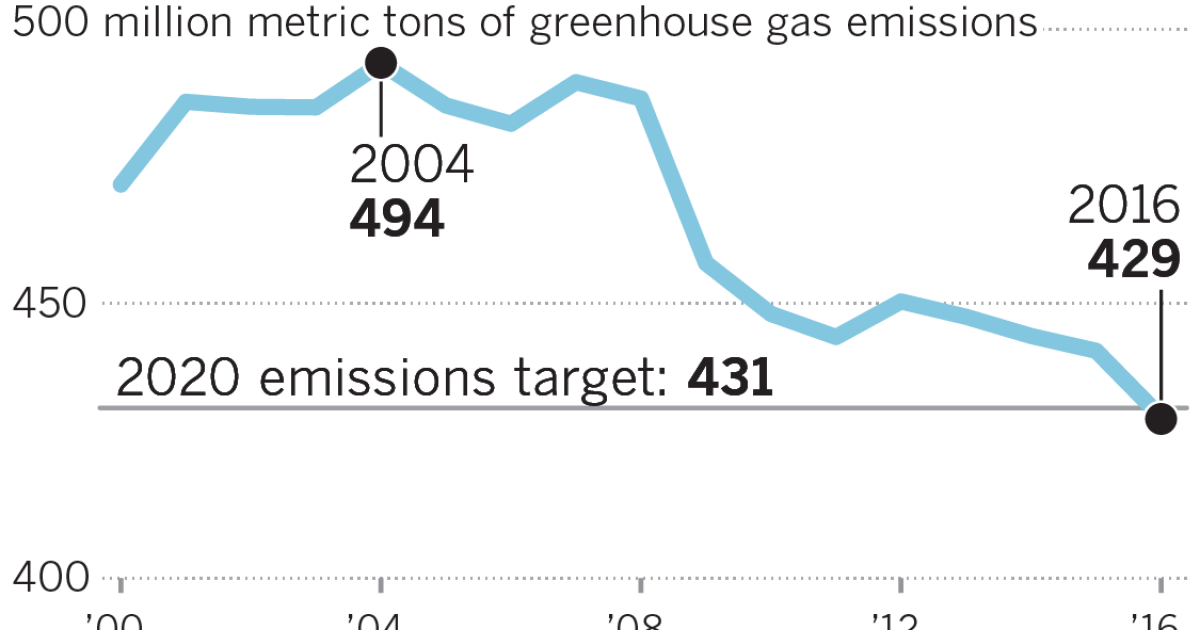



California Hit Its Climate Goal Early But Its Biggest Source Of Pollution Keeps Rising Los Angeles Times




A Global Breakdown Of Greenhouse Gas Emissions By Sector




Greenhouse Gases Set New Record Despite Covid 19 Lockdown Climate Capitalism




Carbon Dioxide Levels Continue At Record Levels Despite Covid 19 Lockdown World Meteorological Organization




Carbon Footprint Factsheet Center For Sustainable Systems




Greenhouse Gas Emissions By The United Kingdom Wikipedia



1




Greenhouse Gas Emission Statistics Air Emissions Accounts Statistics Explained




Covid 19 S Emissions Reductions Won T Impact Climate Change Science News
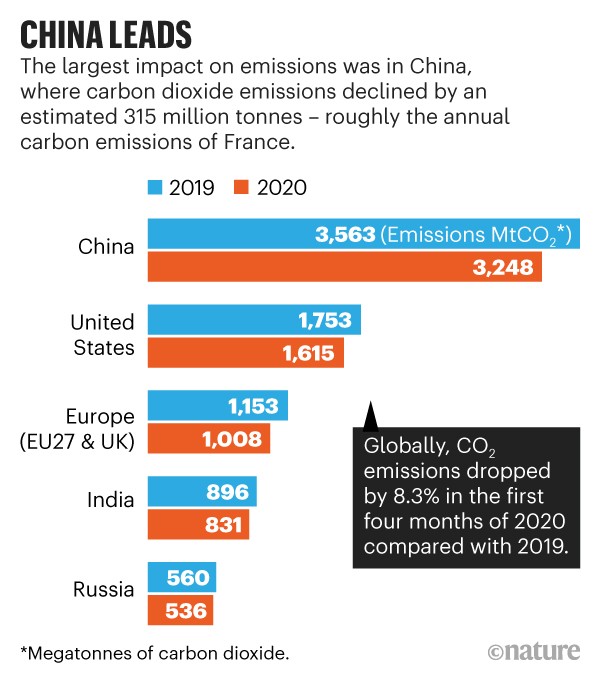



How The Coronavirus Pandemic Slashed Carbon Emissions In Five Graphs




Greenhouse Gas Emissions Wikipedia



Co And Greenhouse Gas Emissions Our World In Data




Climate Change Indicators Global Greenhouse Gas Emissions Us Epa




More Than Half Of All Co2 Emissions Since 1751 Emitted In The Last 30 Years



Chart Global Carbon Emissions Fall In Statista




Carbon Dioxide Levels Continue At Record Levels Despite Covid 19 Lockdown World Meteorological Organization




Inventory Of U S Greenhouse Gas Emissions And Sinks Us Epa




California Plans To Reduce Greenhouse Gas Emissions 40 By 30 Today In Energy U S Energy Information Administration Eia




Global Greenhouse Gas Emissions Data Us Epa



3




Indicator Annual Greenhouse Gas Index Indicator Annual Greenhouse Gas Index Gcis



1




China S Greenhouse Gas Emissions Exceeded The Developed World For The First Time In 19 Rhodium Group




Australia Not To Hit Its 5 Emissions Reduction Target Till 30




After Steep Drop In Early Global Carbon Dioxide Emissions Have Rebounded Strongly News Iea



Greenhouse Gas Emissions By The United States Wikipedia
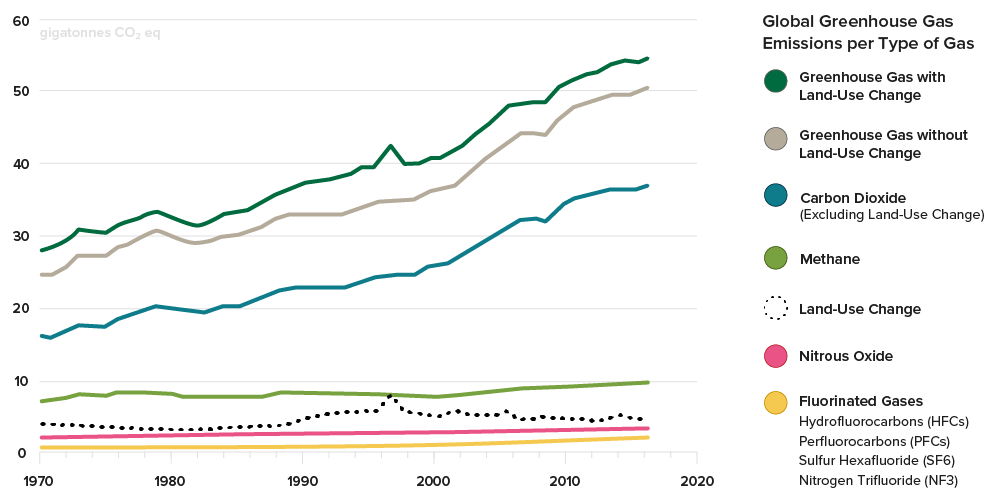



Carbon Emissions Forestry Carbon Credits The Arbor Day Foundation




Germany S Greenhouse Gas Emissions And Energy Transition Targets Clean Energy Wire
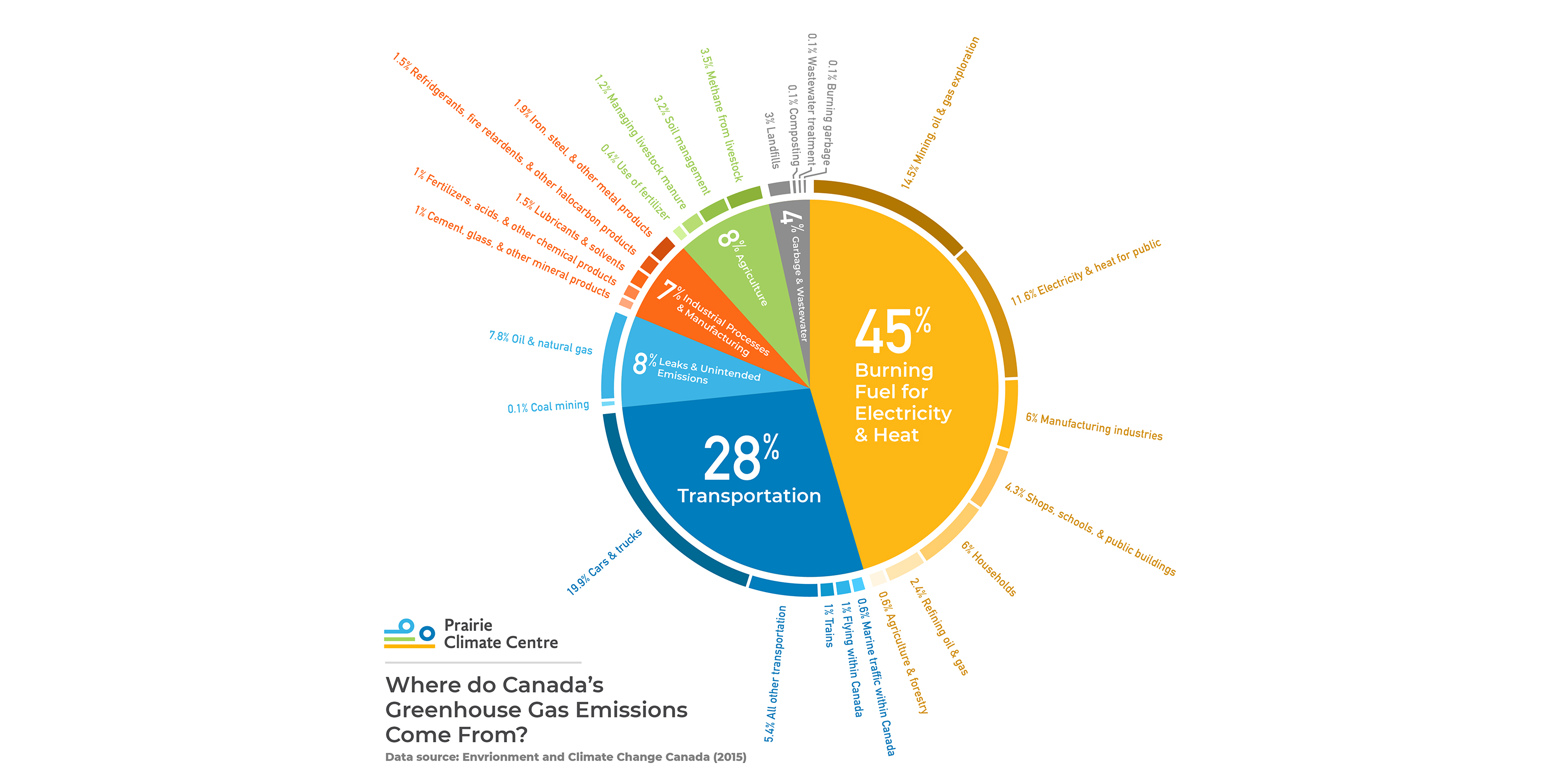



Where Do Canada S Greenhouse Gas Emissions Come From
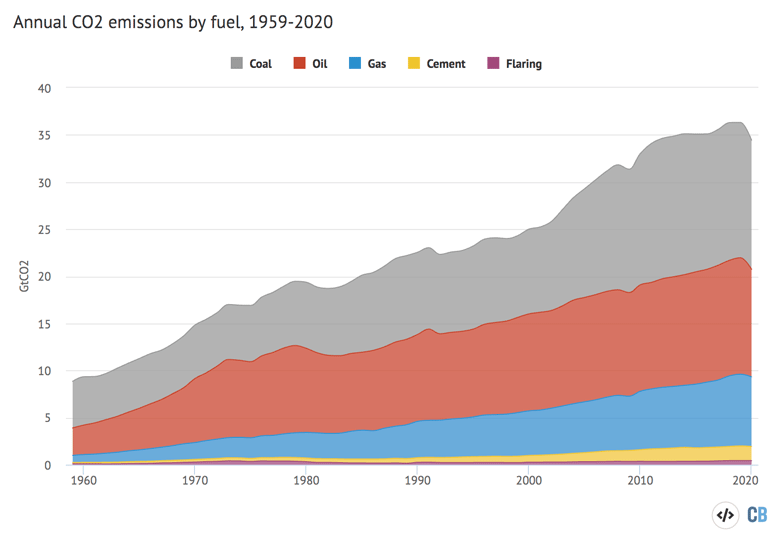



Global Carbon Project Coronavirus Causes Record Fall In Fossil Fuel Emissions In Carbon Brief




Emissions Sources Climate Central




Australia S Greenhouse Gas Levels Have Decreased 15 From 1990 Climate Scorecard
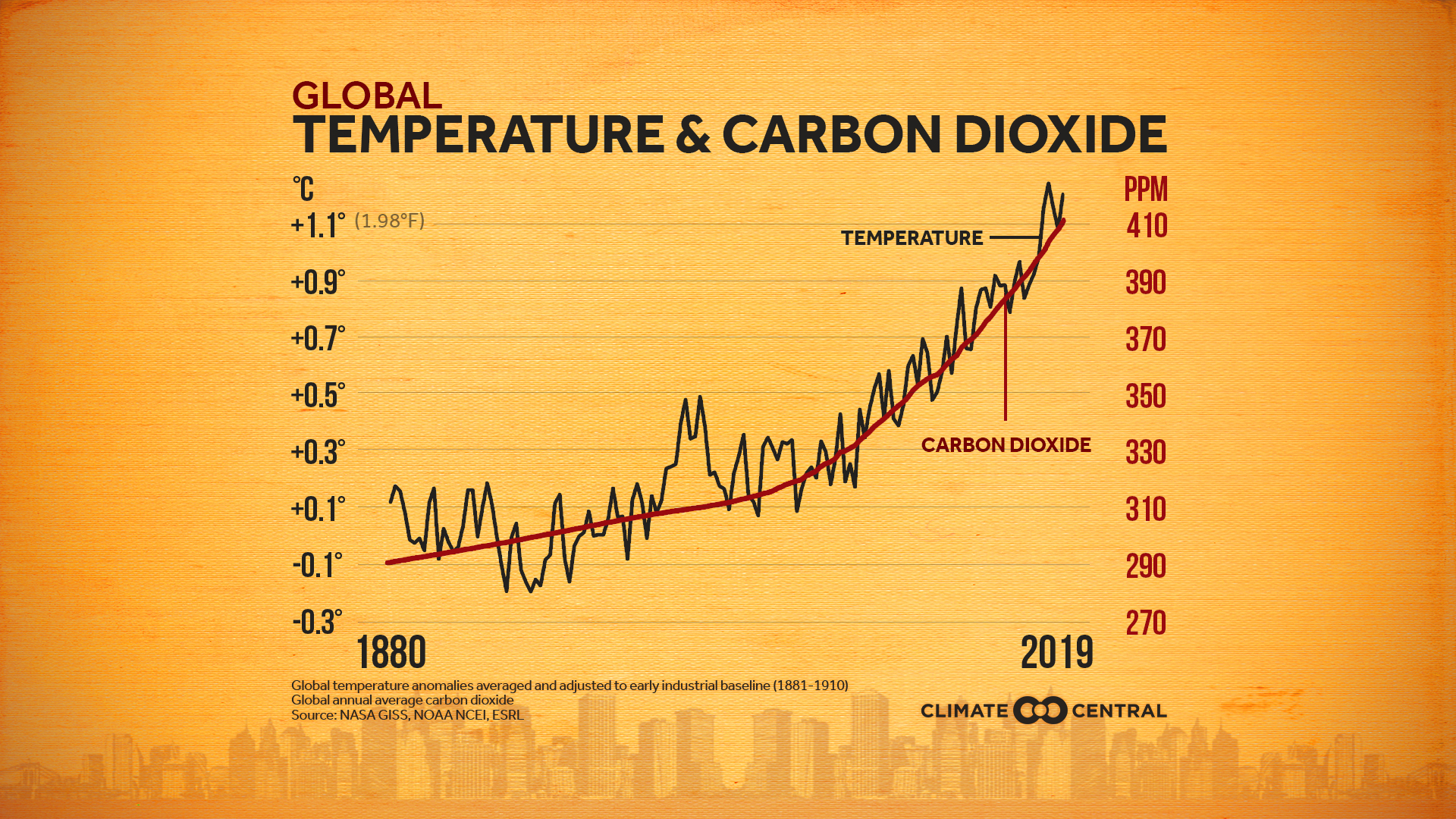



Emissions Sources Climate Central
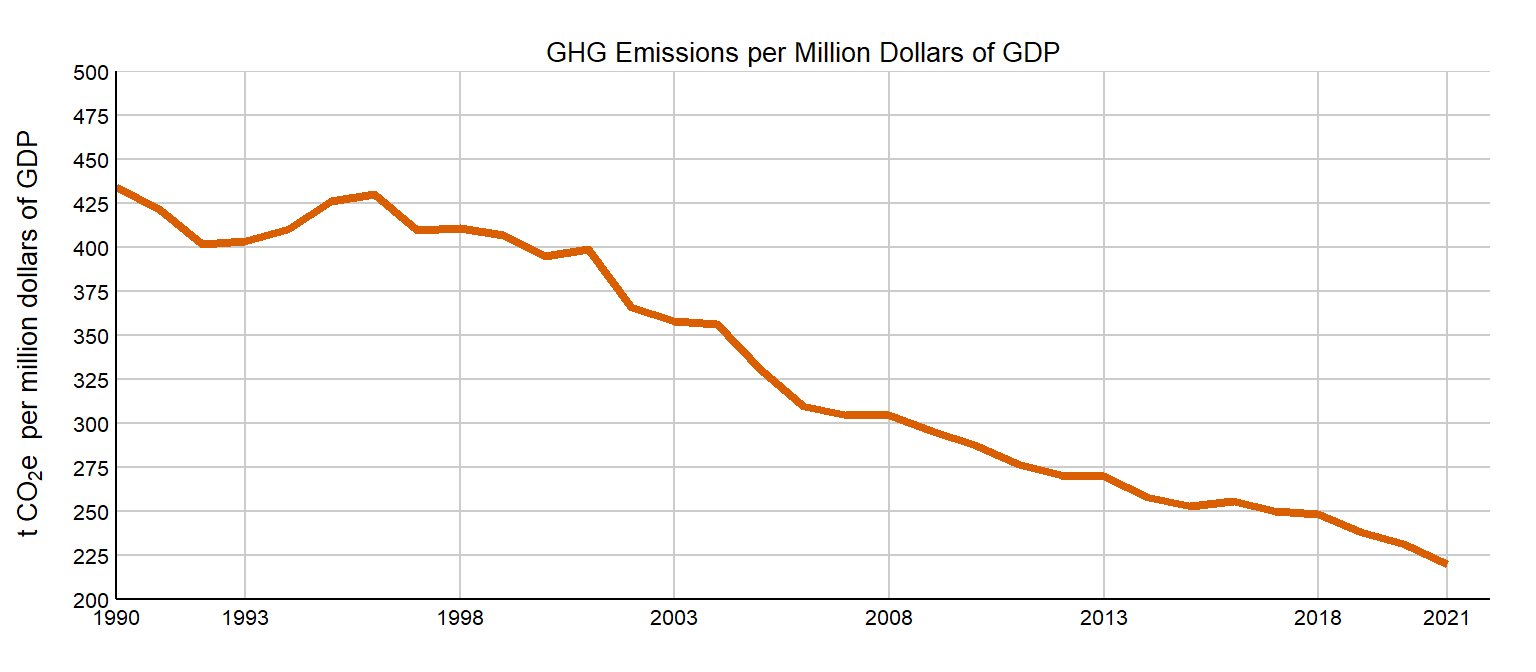



Ghg Emissions Environmental Reporting




Climate Change Annual Greenhouse Gas Index Noaa Climate Gov
コメント
コメントを投稿